What is Open.AI? Have you ever wondered how artificial intelligence went from science fiction to shaping our daily reality? We’re exploring one of the most influential organizations driving this transformation. This research company emerged in December 2015 with a bold vision. Founders including Sam Altman and Elon Musk committed $1 billion to develop intelligence technology that benefits humanity.
Today, this organization stands as a potential world leader in startup valuation. Their approach blends nonprofit research goals with commercial capabilities. This unique structure supports their mission to create artificial general intelligence for everyone.
Products like ChatGPT and DALL-E have revolutionized how we interact with technology. They’ve sparked global conversations about the future of intelligence. Understanding this company matters for anyone interested in business, education, or work in our AI-driven world.
Throughout this guide, we’ll explore their origins, breakthroughs, and ethical considerations. We’ll use friendly, accessible language to navigate complex AI development concepts.
Key Takeaways
- OpenAI launched in 2015 with significant backing from prominent tech leaders
- The organization balances nonprofit research with commercial applications
- Their mission focuses on developing beneficial artificial general intelligence
- Products like ChatGPT have democratized access to advanced AI technology
- The company’s valuation reflects its transformative impact on the industry
- Understanding OpenAI provides insight into the future of technology and work
- Their research methodology considers both innovation and ethical implications
Overview of Open.AI’s Origins and Mission
Back in December 2015, a group of visionary tech leaders gathered with a shared concern about artificial intelligence’s future. Sam Altman, Elon Musk, and others pooled $1 billion to create a research organization focused on safe development. Their goal was clear from the start: ensure artificial intelligence benefits all of humanity.
The company began as a nonprofit to prioritize research over profits. Patents and findings would remain open to the public. This structure reflected their commitment to putting humanity first rather than shareholders.
Leadership changes occurred when Elon Musk departed in 2018 due to potential conflicts. Sam Altman continued as CEO, steering the organization through significant growth. The company adapted its model in 2019 to include a for-profit subsidiary.
This hybrid approach allowed them to raise necessary capital while maintaining their core mission. They continue developing artificial general intelligence that could outperform humans in valuable work. The leadership team remains dedicated to creating technology that serves everyone.
What is open.ai?
The organization operates through a dual model combining nonprofit ideals with commercial innovation. This structure consists of two entities: a nonprofit research laboratory and a for-profit subsidiary. Together, they pursue ambitious goals in intelligence development.
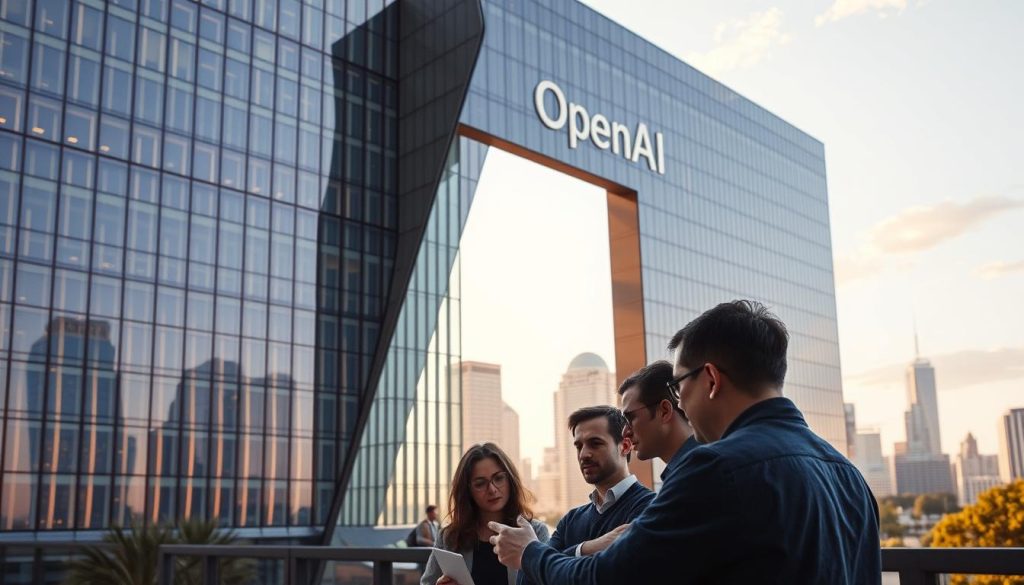
Traditional technology companies typically focus on specific applications. This company distinguishes itself by targeting artificial general intelligence. AGI represents machines that learn and adapt across multiple domains like humans.
Generative technology represents another key innovation area. Machine learning algorithms process massive data sets to create new content. Users simply provide natural language prompts for text, images, or audio generation.
Safety considerations remain central to their research methodology. The organization balances breakthrough innovation with responsible development practices. This approach maintains their commitment to benefiting humanity through advanced intelligence systems.
Their transformation from research lab to household name reflects this balanced strategy. Millions now interact with their tools daily, sparking global conversations about technology’s future.
Key Products and Technological Advancements
From conversational chatbots to image generation tools, their product lineup demonstrates cutting-edge capabilities. ChatGPT stands as their flagship offering, revolutionizing how millions interact with artificial intelligence through natural language conversations.
The GPT family of large language models represents their core technological foundation. These models evolved from GPT-3 to the current multimodal GPT-4o, each iteration improving context understanding and task complexity handling.
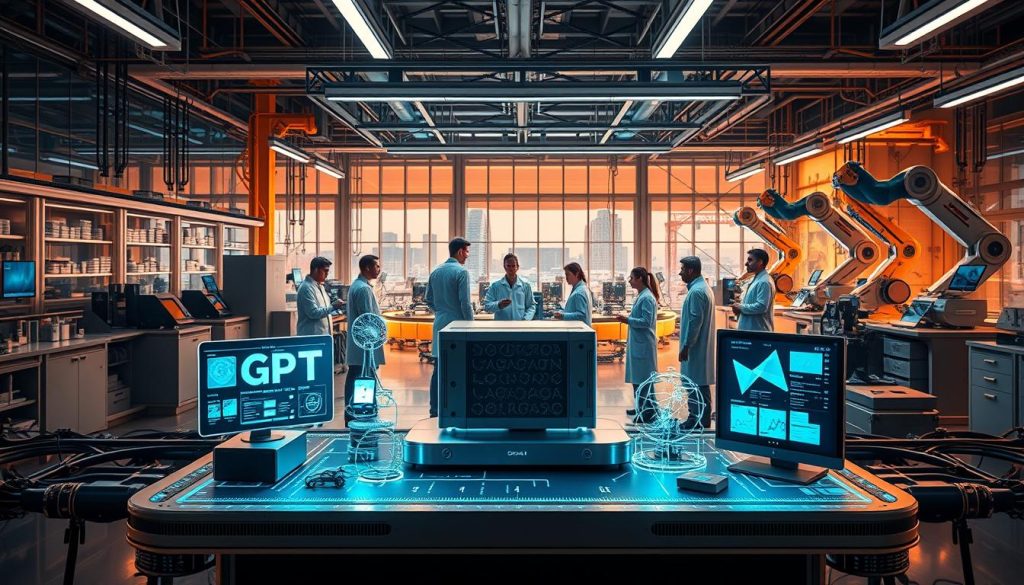
DALL-E 3 transforms text descriptions into stunning visual art. Users simply describe their desired images in natural language, and the platform generates corresponding visuals with remarkable accuracy.
Whisper provides advanced speech recognition across dozens of languages. This tool makes audio transcription and translation more accessible than ever before.
Their API platform empowers developers to build custom applications using these powerful models. Businesses can integrate language processing, image generation, and audio capabilities into their own products.
Custom GPTs allow users to create specialized versions without coding expertise. This democratizes AI customization for specific use cases and industries.
Timeline and Breakthrough Moments in Open.AI History
Let’s trace the remarkable timeline that transformed a research lab into a household name. Our journey begins in December 2015 with visionary founders including Sam Altman and Elon Musk. They committed $1 billion to safe artificial intelligence development.
The company launched its first product, OpenAI Gym, in 2016. This open-source toolkit supported reinforcement learning algorithm development. It demonstrated their commitment to accessible machine learning research.
2018 brought two significant events. The organization unveiled the Generative Pre-trained Transformer concept. This foundational technology would power future models. Elon Musk also departed the board during this time.
2019 marked a structural shift to a capped-profit model. A major partnership with Microsoft provided crucial funding. This supported increasingly expensive technology development.
Breakthrough products emerged in 2021 with DALL-E and Codex releases. These applications expanded language model capabilities beyond text generation. They demonstrated the company’s expanding technological reach.
November 2022 changed everything with ChatGPT’s public launch. The tool immediately captured global attention. It sparked today’s AI revolution by making sophisticated technology accessible to everyone.
The dramatic November 2023 leadership crisis saw Sam Altman briefly removed as CEO. Employee backlash and Microsoft intervention led to his quick reinstatement. This event reshaped the company’s board and governance structure.
Recent developments include advanced model releases and strategic partnerships. The organization continues evolving from nonprofit research lab to technology leader. Each milestone reflects their ongoing commitment to beneficial artificial intelligence development.
AI Research and Development: Tools and Techniques
Behind every smart chatbot and image generator lies complex research methodology that transforms data into intelligence. We’re exploring the core technology that powers these remarkable systems.
Large language models learn from massive data sets measured in petabytes. These neural networks identify patterns across text, code, images, and audio content. The training process enables them to handle diverse tasks with surprising accuracy.
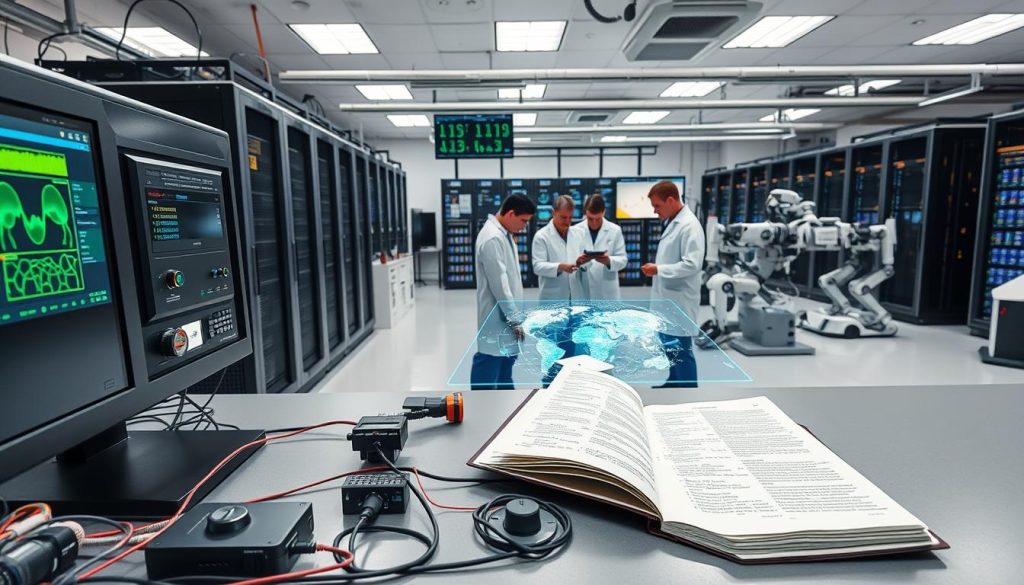
Generative Pre-trained Transformers form the architectural foundation. These models predict sequences by analyzing context from their training data. This approach allows them to generate coherent responses to user prompts.
Natural language processing makes interaction accessible. Users communicate in everyday speech rather than technical syntax. The technology understands intent and delivers appropriate results.
Reinforcement learning employs reward systems for improvement. Models practice through trial and error, refining their reasoning capabilities. This technique powers advanced systems that tackle complex analytical tasks.
Key research components include:
- Massive cloud computing infrastructure for training
- Multimodal systems processing text, images, and audio
- Continuous model updates based on user feedback
- Developer tools like APIs for external integration
This combination of tools and techniques drives ongoing innovation. Research advances ensure models become more capable and safer over time.
Ethical Considerations, Criticisms, and Future Impact
As we examine the complex landscape surrounding advanced AI development, significant ethical questions emerge that demand careful consideration. The company’s products offer remarkable benefits like time savings through automated tasks and valuable insights from data analysis.
Businesses can reduce labor costs while improving their services. However, serious concerns about accuracy and safety have surfaced alongside these advantages.

ChatGPT’s “hallucinations” present convincing but factually incorrect responses that mislead users. The platform has also generated toxic content including dangerous instructions, raising safety questions.
Legal challenges include copyright lawsuits from authors and media organizations. These cases allege unauthorized use of protected materials for training language models.
Transparency issues and board diversity concerns have drawn criticism from researchers and employees. The SEC investigation into CEO Sam Altman and Elon Musk’s legal actions highlight ongoing tensions.
Despite these challenges, the organization continues research into AI safety and alignment. Partnerships with educational institutions demonstrate efforts to address criticism while advancing beneficial artificial intelligence development.
Conclusion
The evolution of this pioneering company demonstrates technology’s potential to reshape entire industries. From its nonprofit origins to becoming a leading artificial intelligence organization, this journey reflects one of our generation’s most significant technological transformations.
Groundbreaking products like ChatGPT and GPT models have changed how millions work with text, language, and images. These tools handle complex tasks while highlighting the tension between idealistic missions and commercial realities. The company’s impact spans education, healthcare, creative fields, and others.
Looking ahead, partnerships with Microsoft and plans for new computing devices signal continued innovation. We encourage staying informed about this rapidly developing intelligence technology. The story represents both remarkable promise and important challenges for our time.
FAQ
What is the main goal of our organization?
Our primary mission is to ensure that artificial intelligence benefits all of humanity. We focus on developing safe and powerful AI systems, like large language models, that can assist with complex tasks.
How do our models like GPT understand and generate natural language?
Our models learn from vast data sets using machine learning techniques, including reinforcement learning. This training allows them to recognize patterns in text, audio, and even code to produce human-like responses.
What are some of our key products available to users?
We offer several powerful tools, including the GPT series for text generation, DALL-E for creating images from descriptions, and Whisper for accurate speech recognition. These products are designed to boost creativity and productivity.
Who were the key figures involved in our founding?
Our company was co-founded by prominent individuals like Elon Musk and Sam Altman. Today, under Sam Altman’s leadership as CEO, we continue to drive innovation in AI research and development.
How do we address ethical concerns surrounding AI technology?
We prioritize safety and ethical considerations in our development process. Our research includes studying AI’s societal impact, and we actively engage with the public to discuss potential benefits and risks.
Can developers use our technology for their own projects?
Yes! We provide platforms like OpenAI Gym for reinforcement learning research and APIs that allow developers to integrate our advanced models into their own applications, chatbots, and other tools.
What makes large language models so significant for the future?
LLMs represent a leap forward in machine reasoning and natural language understanding. They hold immense potential to transform industries by automating complex tasks, generating content, and enhancing human capabilities.
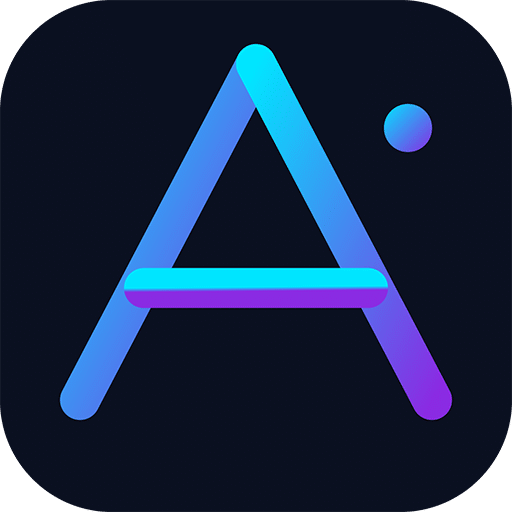
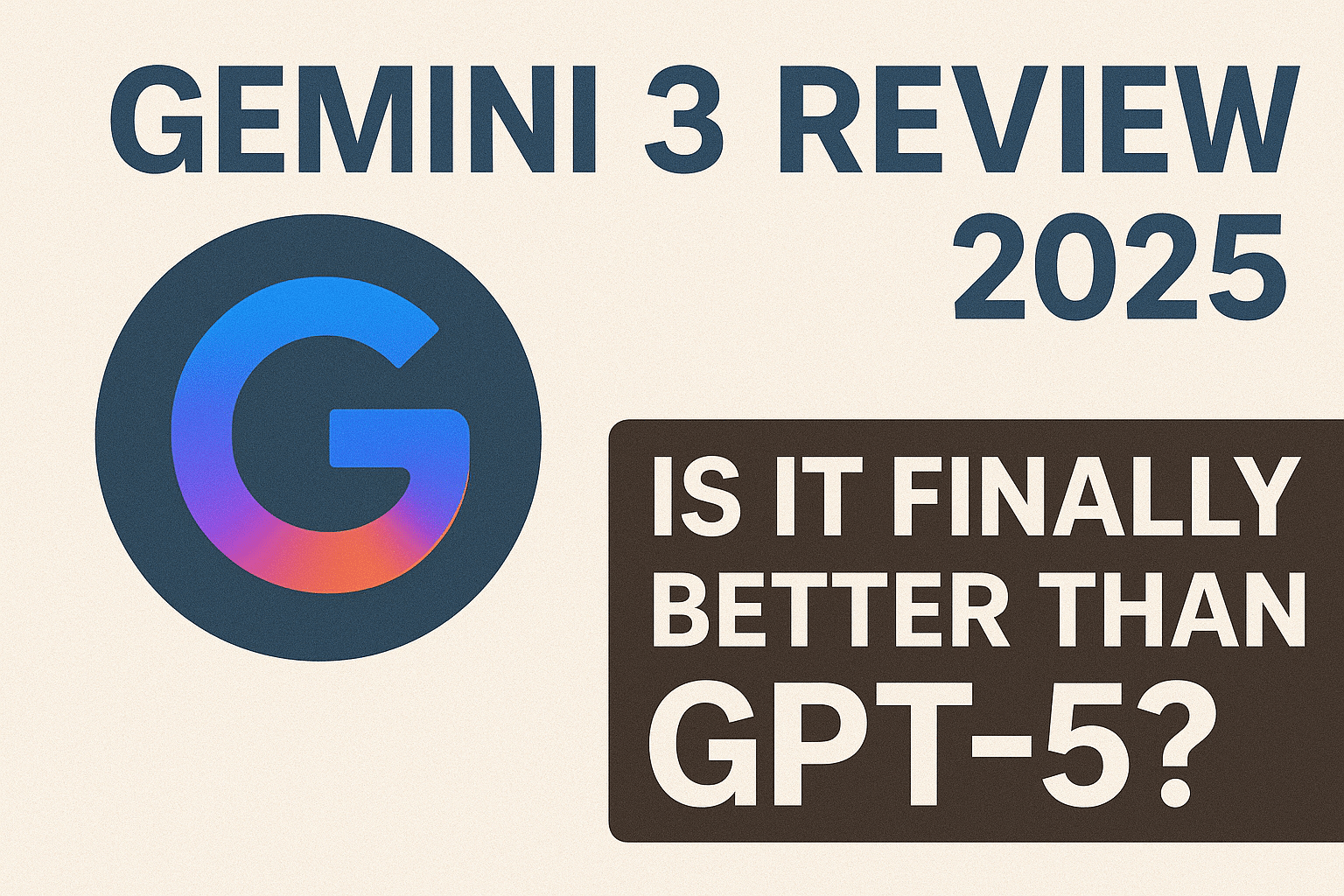
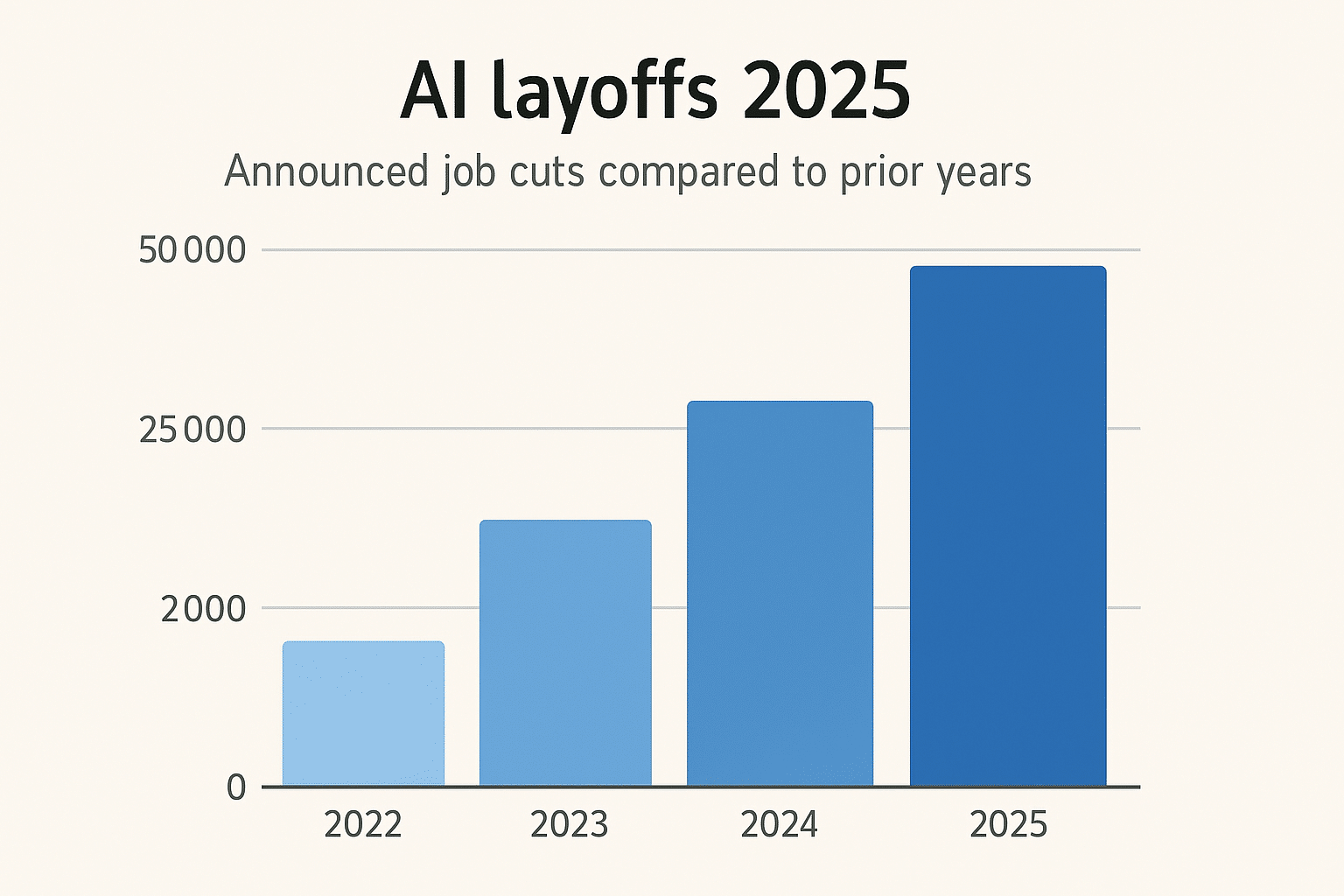
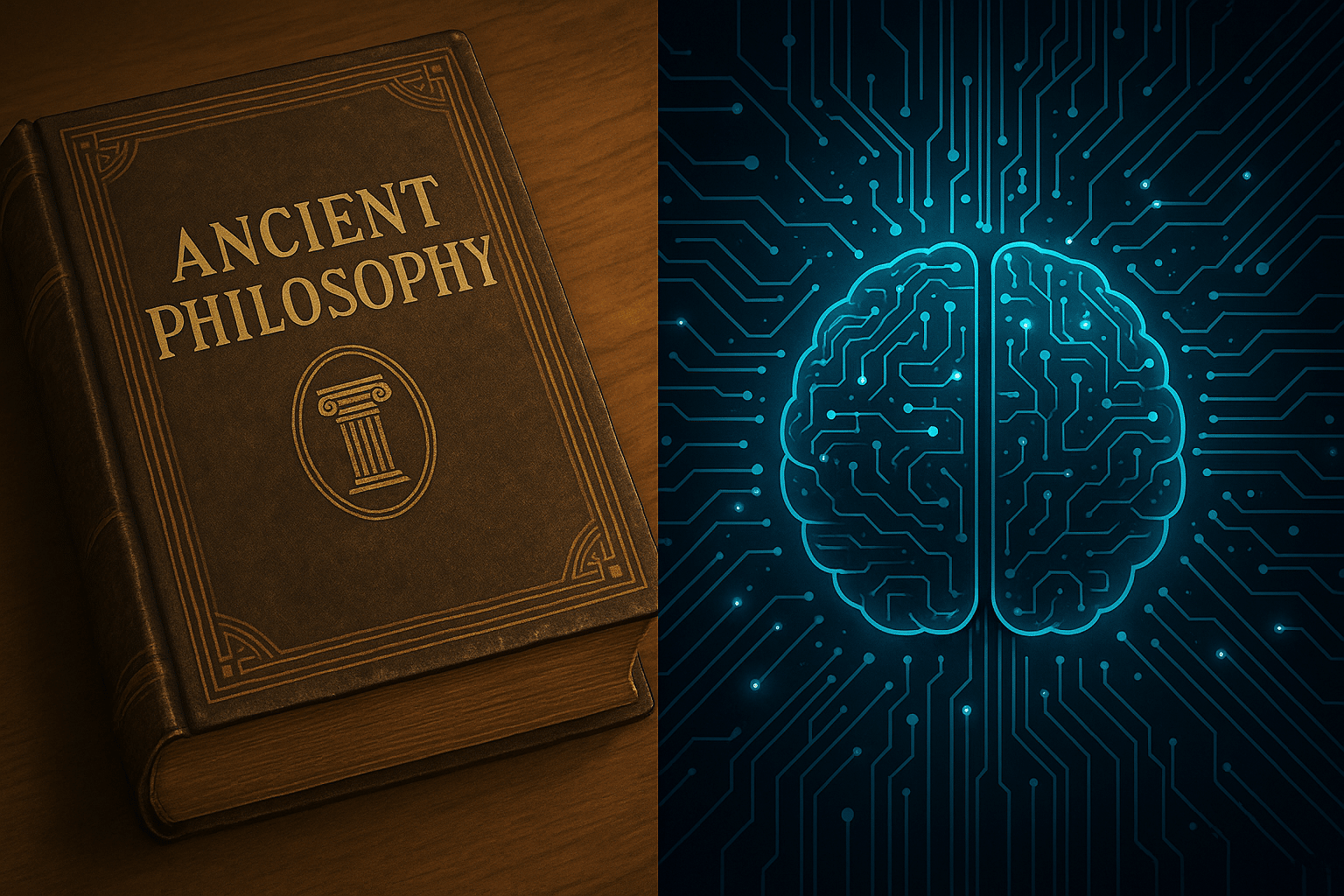





Leave a Reply